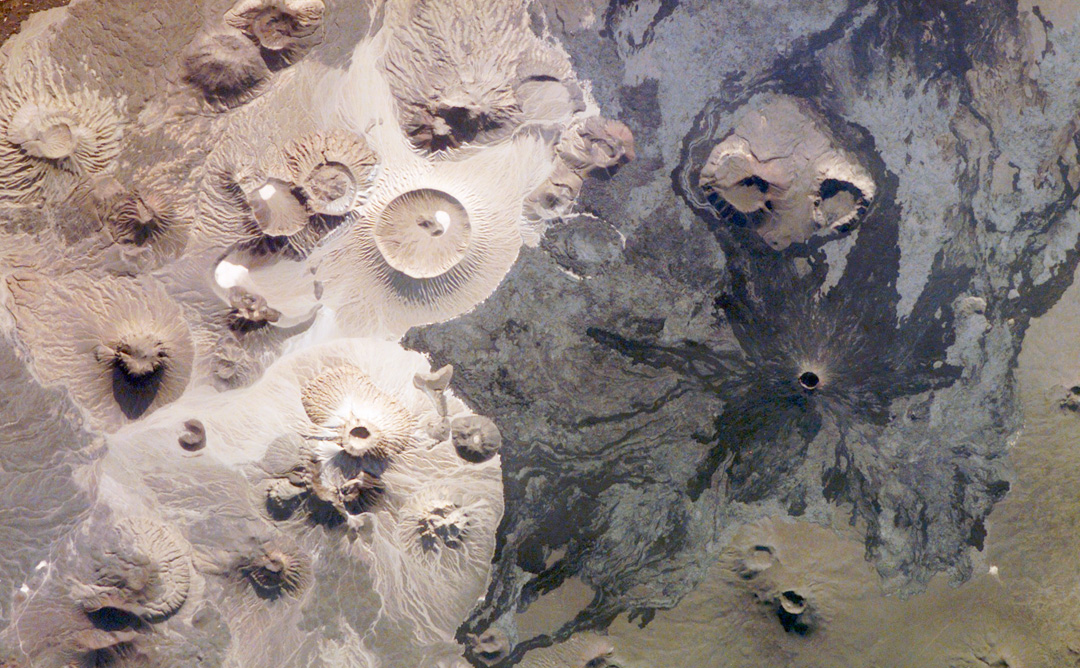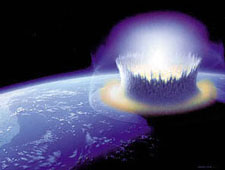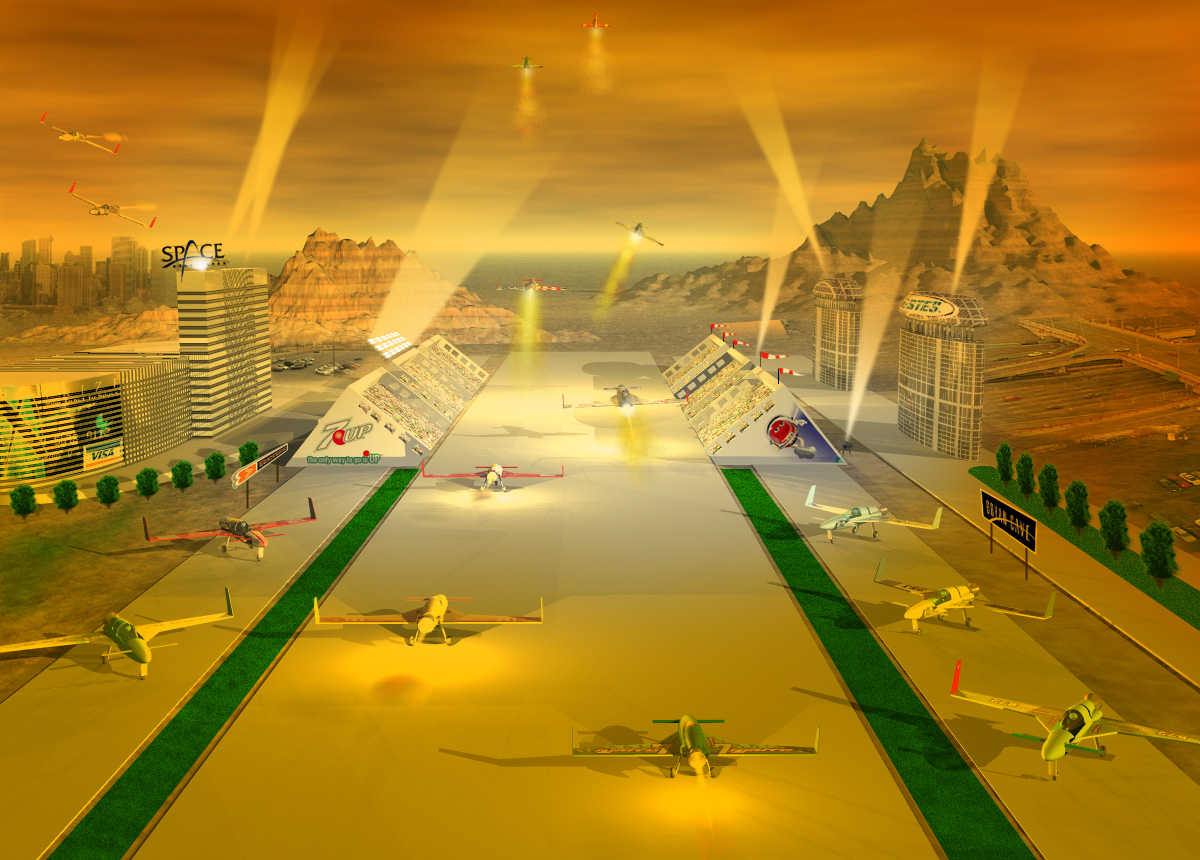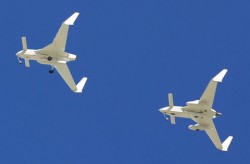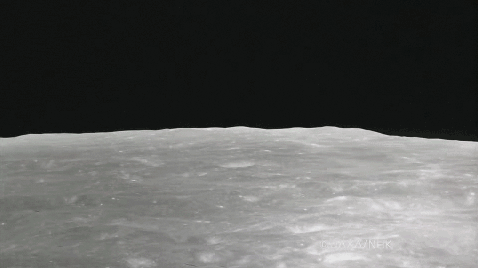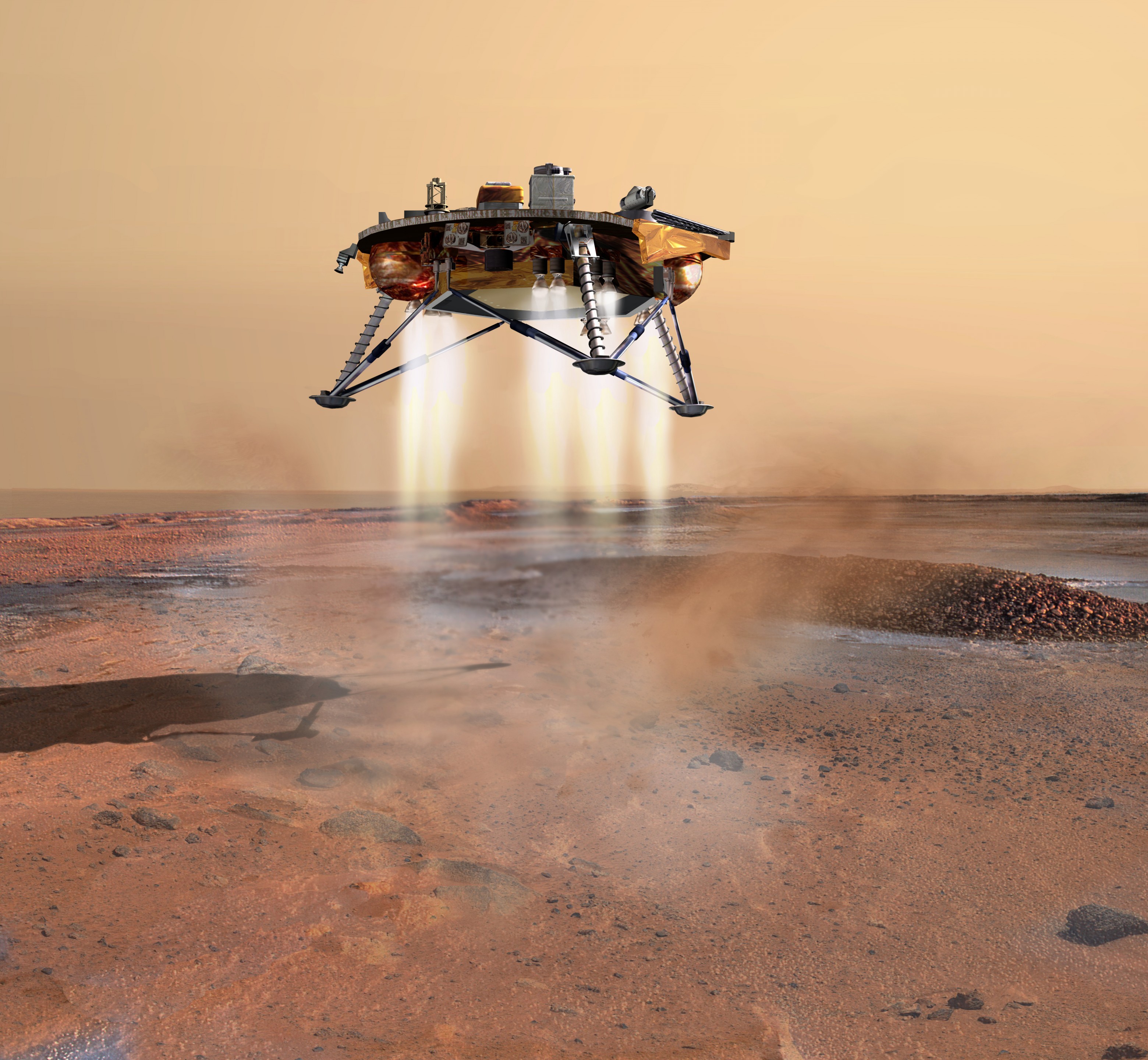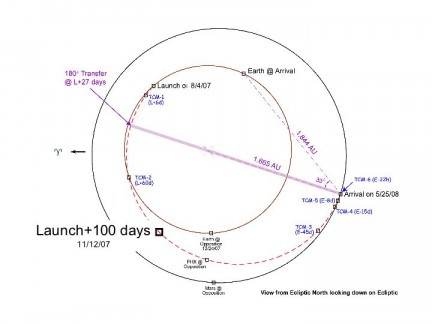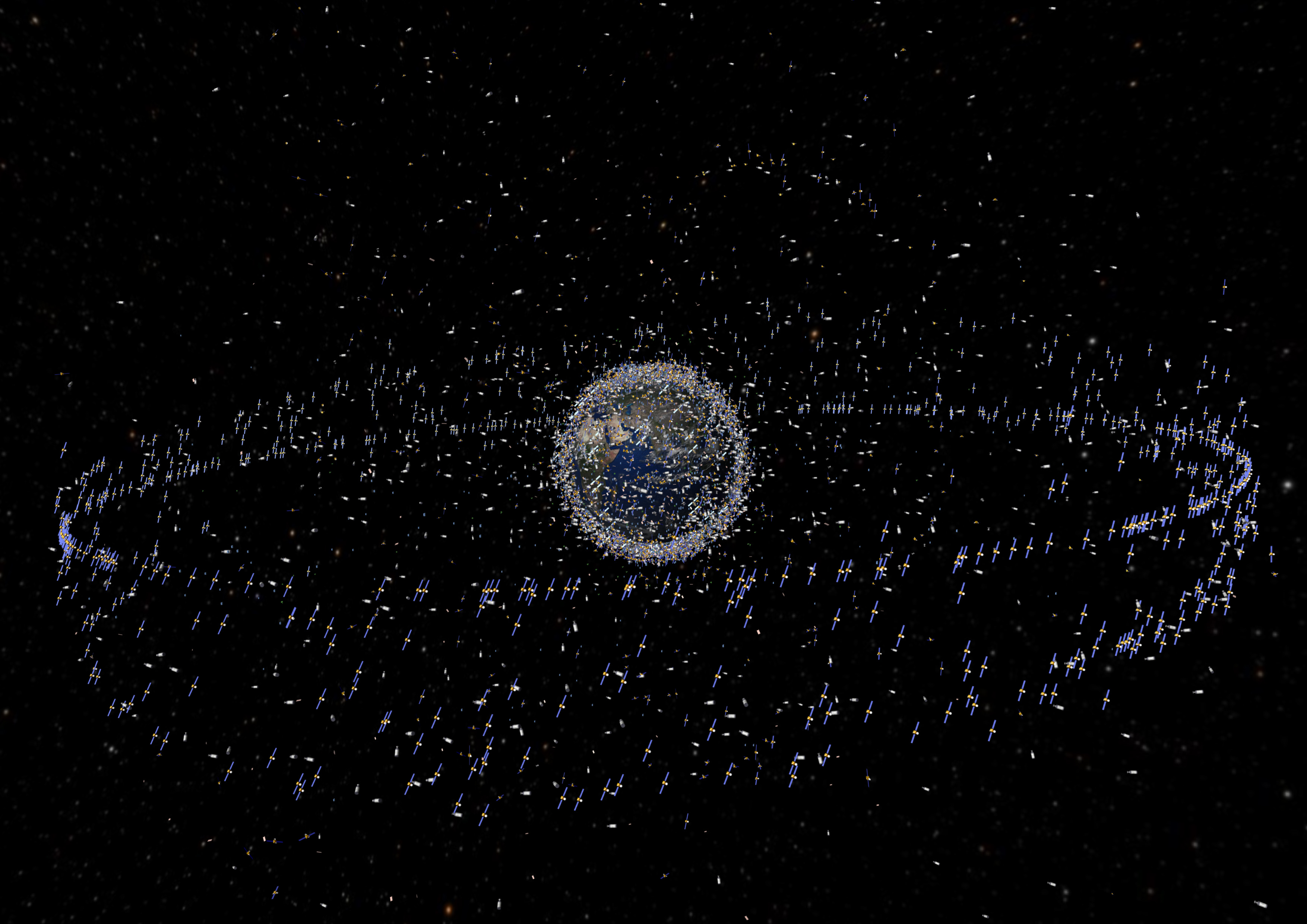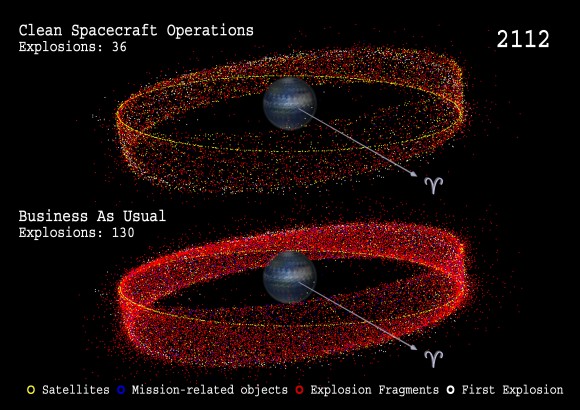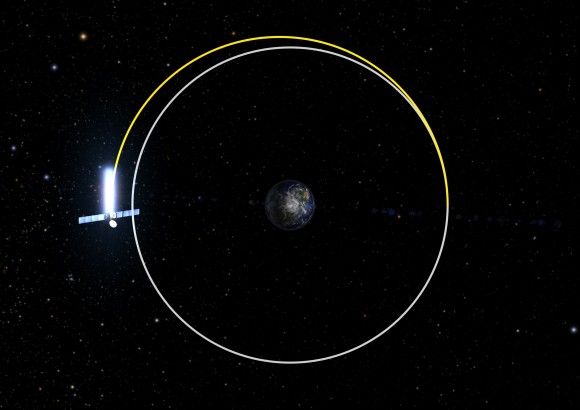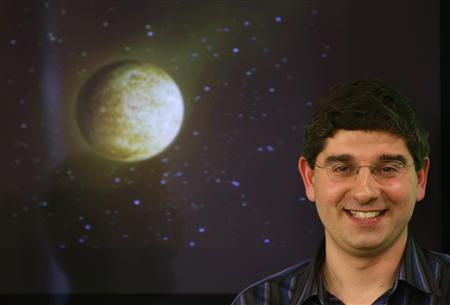
Update: It turns out this story is a fabrication and AFP didn’t check the facts with NASA as I suspected. According to the blog Cosmos4u, they talked with Don Yeomans at NASA’s NEO office and this is what Yeoman’s said about the news story of a 13-year old boy correcting NASA’s estimates of Apohpis impacting earth: “We have not corresponded with this young man and this story is absurd, a hoax or both. During its 2029 Earth close approach, Apophis will approach the Earth to about 38,900 km, well inside the geosynchronous distance at 42,240 km. However, the asteroid will cross the equatorial belt at a distance of 51,000 km – well outside the geosynchronous distance. Since the uncertainty on Apophis’ position during the Earth close approach is about 1500 km, Apophis cannot approach an Earth satellite. Apophis will not cross the moon’s orbital plane at the Moon’s orbital distance so it cannot approach the moon either.”
Also, the scientist mentioned in AFP’s story said he wasn’t conferred with either by the news agency. So don’t give any heed to this story that has been running amok around the internet.
But here’s our story on this as it originally ran: Here’s a story that supports the value of science fairs. And it also makes one wonder where else NASA’s decimal points might be off by a couple of places. One caveat on this news piece, however: as far as I know there hasn’t been an official NASA press release on this.
Reportedly, a 13-year-old German schoolboy doing research for a science competition found errors in NASA’s estimates on the chances of the asteroid Apophis colliding with Earth. The boy, Nico Marquardt used data from the Institute of Astrophysics in Potsdam to calculate that there was a 1 in 450 chance that the Apophis asteroid will collide with Earth. NASA had previously estimated the chances at only 1 in 45,000, but according to an AFP news release, NASA now acknowledges the kid is right. (Actually, no they don’t.)
Continue reading “Latest News on Apophis: 13 -year-old Boy Corrects NASA’s Estimates of Earth Impact — Not! (Update)”

